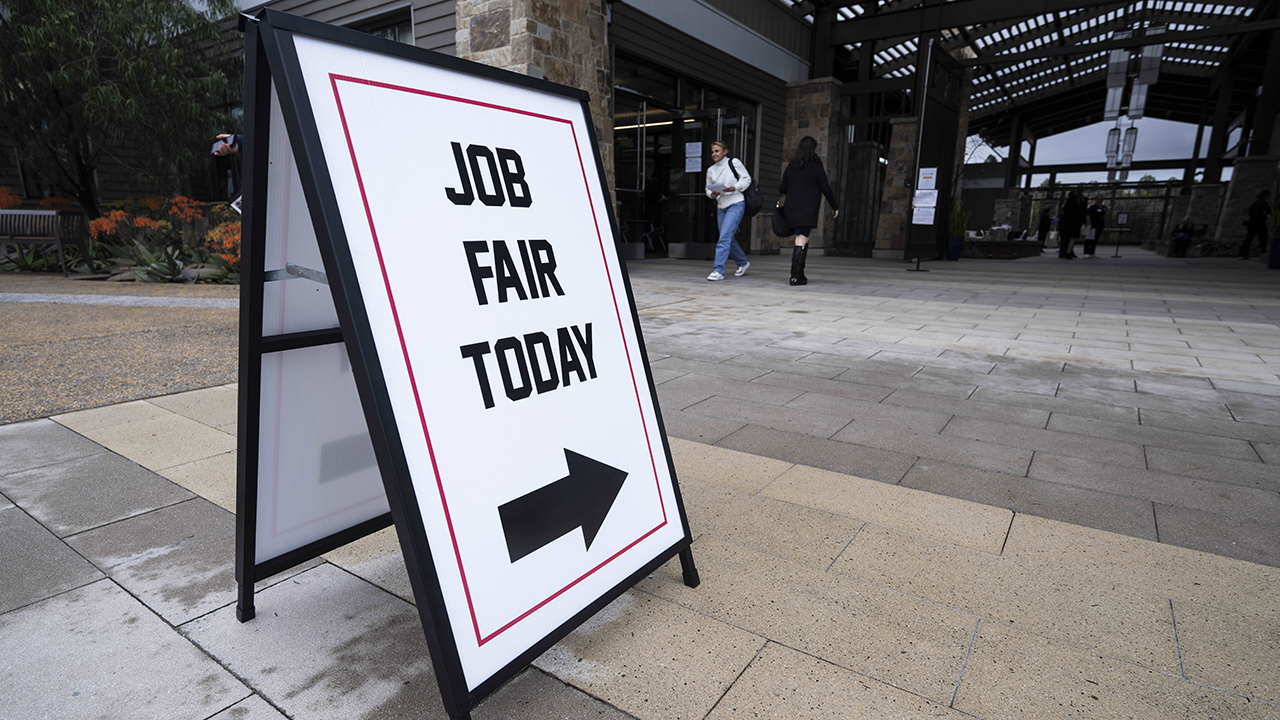Private sector job growth slows in July to just 122K, worse than expected

Hiring by private U.S. companies rose less than forecasted in July, a sign that the labor market is starting to slow in the face of higher interest rates.
Hiring by U.S. companies slowed more than expected in July, pointing to a labor market that is continuing to cool in the face of higher interest rates, according to the ADP National Employment Report released Wednesday morning.
Companies added 122,000 jobs last month, missing the 150,000 gain that economists surveyed by LSEG predicted.
At the same time, the report showed that wage growth — a key driver of inflation — dropped slightly to 4.8%, the slowest pace of growth in three years. For workers who changed jobs, wages climbed 7.2%, down from the 7.7% increase recorded in June.
"With wage growth abating, the labor market is playing along with the Federal Reserve's effort to slow inflation," said Nela Richardson, ADP chief economist. "If inflation goes back up, it won't be because of labor."
WHITE-COLLAR WORKERS ARE STRUGGLING TO FIND JOBS AS THE LABOR MARKET SLOWS
Job growth was heavily concentrated in the services sector, with goods producers contributing just 37,000 jobs to the total.
Trade, transportation and utilities accounted for the bulk of the gains, adding 61,000 new jobs. The construction industry followed with a payroll increase of 39,000. However, job growth beyond that sector was mostly anemic. Leisure and hospitality added 24,000 positions, followed by education and health services with 22,000 and financial activities with 14,000.
THE NUMBER OF HIGH-PAYING JOBS IS DWINDLING
There were also sectors that saw notable declines last month. Professional and business services shed 37,000 jobs, while information lost 18,000 and manufacturing cut 4,000.
The weaker-than-expected report comes in the wake of an aggressive tightening campaign by the Federal Reserve, which raised interest rates sharply in 2022 and 2023. Wall Street is watching the labor market closely for signs that it is finally cooling, so the Fed can pivot to cutting interest rates.
Central bank officials have indicated that rate cuts will begin later this year amid signs that inflation is cooling.
CLICK HERE TO READ MORE ON FOX BUSINESS
The data precedes the release of the more closely watched July jobs report from the Labor Department on Friday morning, which is expected to show that employers hired 175,000 workers, following a gain of 206,000 in June. The unemployment rate is expected to hold steady at 4.1%.
ADP numbers can differ drastically from the official government count and have historically been an unreliable indicator of what is to come.
